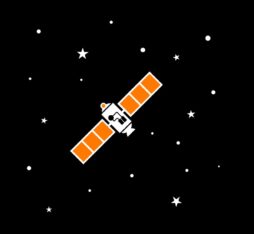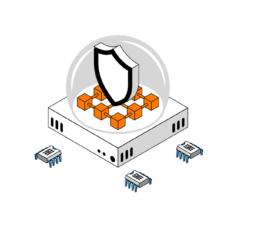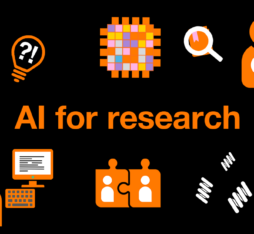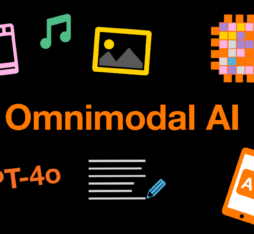• Recent scientific advances are paving the way for lightweight, reliable AI models, which are better adapted to conditions in the field.
• Researchers seeking to design more efficient Convolutional Neural Networks look to the human brain for inspiration.
Breaking new ground in the field of culinary robots, US-based start-up Posha has developed a counter-top machine that uses computer vision to identify details such as the cut of vegetables and the degree to which meat is done, which enable it to decide when to add further ingredients and adjust cooking temperatures. Although it is unlikely to launch a revolution, this latest innovation does highlight the growing democratization of technology that enables machines to interpret images and videos, as well as what is now a major goal in computer-vision research which is increasingly focused on the development of more efficient systems that make use of scaled-down computational resources. As it stands, many of today’s models are still too demanding in terms hardware resources to be suitable for emerging applications in robotics and edge-computing: a situation that has added impetus to the drive to develop more effective and reliable solutions with reduced computational requirements for deployment in a host of sectors including agriculture, health, robotics and the automotive industry.
The method demonstrated significant robustness against corrupted data, which has been a long-standing challenge for computer vision
Inspired by the human brain
In a recent breakthrough, a team from the Institute for Basic Science (IBS), Yonsei University, and the Max Planck Institute has developed a new artificial intelligence (AI) technique called Lp-Convolution, which improves the precision of computer-vision systems while reducing their need for processing power. Drawing inspiration from the functioning of the human brain, the researchers set out to explore the possibility that imitating the selective processing of information by the visual cortex could increase the efficiency of the standard Convolutional Neural Networks (CNNs) that are commonly used in image recognition. CNNs make use of filters (or convolution kernels), which are small blocks of weights that scan images to extract their most salient visual features. And these blocks are usually square-shaped and fixed in size. Departing from this paradigm, the method developed by the researchers allows AI models to adapt form and dimensions of these filters and to stretch them horizontally and vertically for different tasks in a manner that mimics the way in which the brain selectively focuses on specific details. In tests the new method not only improved the accuracy of interpretation, but it also demonstrated significant robustness against corrupted data, which has been a long-standing challenge to the application of these systems.
Agriculture and biodiversity
In agriculture, computer vision is increasingly used for remote sensing and for reforestation projects such as those managed by French start-up Morfo, which collect and analyse data on vegetation coverage and health. And the technology can also be deployed to optimize the production of food crops, particularly in greenhouses, where solutions combining computer vision and AI like those provided by Tel Aviv-based start-up Fermata can be deployed to detect the presence of diseases and pests, considerably reducing the workload on growers and minimising their potential exposure to losses.
However, wider use of computer vision for the study of biodiversity and agricultural applications is still hampered by the extensive work involved in training models, which requires significant resources. In a bid to address this problem, researchers at the University of Illinois developed a machine learning system that demonstrated the ability to train itself to distinguish between aerial images of flowering and non-flowering grasses with hardly any human intervention. To take on the task of precisely identifying this crop trait under varied conditions, the system made use of an ESGAN (Efficiently Supervised Generative and Adversarial Network) architecture in which competing models train each other, radically reducing the need for human-annotated data. The approach, which facilitates the task of adapting AI for specific purposes, may soon be used for other crops and applications in other sectors.











